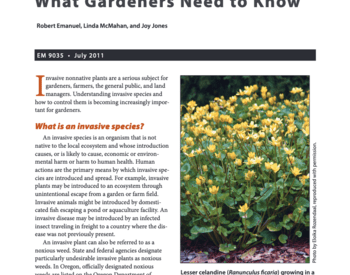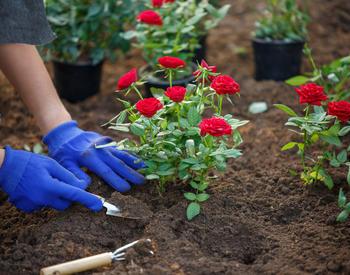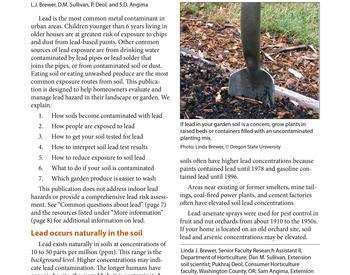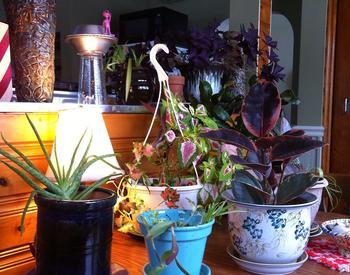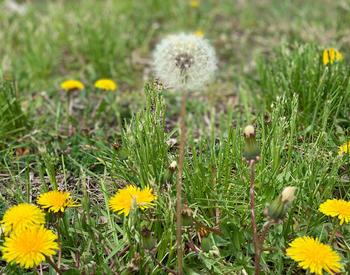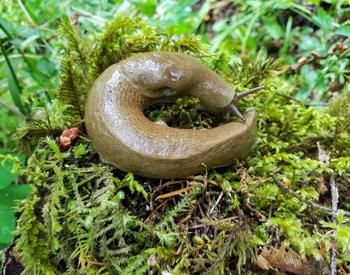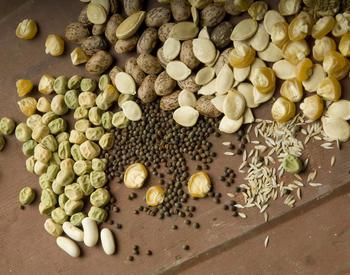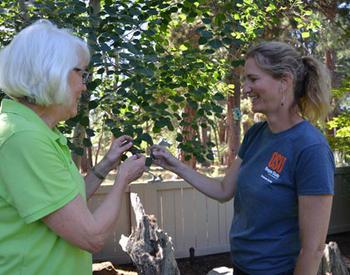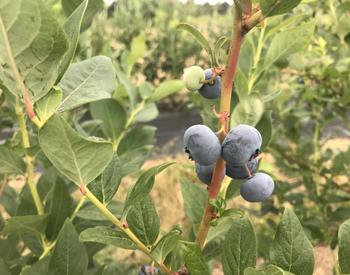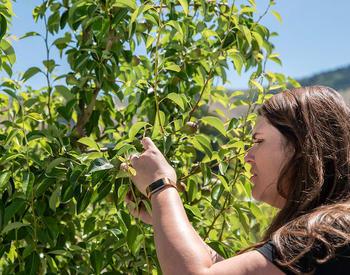CORVALLIS, Ore. – Gardening on the often-extreme Oregon coast might seem intimidating and risky.
But Carla Albright, a Master Gardener trained by the Oregon State University Extension Service who lives just north of Tillamook, wants to reassure you that it is possible to grow a wonderful garden — even if you live next door to the wild Pacific.
"There are some things you can't do very well on the coast, like tomatoes,” Albright said. “But it can be a great place to grow a garden with shrubs, perennials and hardy annuals. You can grow a lot of things. It's not warm but it doesn't get too cold. The growing season lasts from mid-February to early to mid-October."
Fierce coastal gusts, however, can take the wind out of your garden's sails in a hurry.
"Our biggest problem is wind," Albright said. "We get it from the south in the winter and from the north in the summer. There's a colder wind in the summertime and it can seem quite gusty. We've gotten gusts from 45 miles per hour up to 65 miles per hour. You have to be aware of that when you plan a garden and allow for wind breaks."
To shield your most vulnerable plants from the wind, picket fencing can help. Large, wind-hardy plants like escallonia, rhododendra and euonymus can act as a living barrier to squalls. Also take time when designing a garden to observe the directions of the wind, the sun and the shade in your yard.
Though inland residents might view the massive stretch of land bordering the Pacific Ocean as simply "the coast," it's actually made up of countless microclimates. A "microclimate" is the climate of a very small area that differs from the surrounding area. Oregon's coast encompasses three hardiness zones as classified by the U.S. Department of Agriculture – Zone 8B (Astoria to Florence), Zone 9A (Florence to Cape Blanco State Park) and Zone 9B (Cape Blanco State Park to Brookings.)
"There are even microclimates within a garden within the length of a season," Albright said. "My garden has four to five microclimates."
If you want to plant ornamentals, Albright's picks for coastal superstars include azalea, heather, lavender, Mexican sage, Hosta shrubs, Choisya shrubs and Japanese maples.
Vegetables can be trickier.
"You have to really watch out for that north wind in the summer and you need a lot of sun," Albright said. "I've found cherry or grape tomatoes do better because they don't take as long to ripen. You want short-season vegetables that take 75-85 days to reach maturity."
Short-season veggies include mustard, lettuce, spinach, kale, Brussels sprouts, fava beans, endive, peas, broccoli, cabbage, carrots, beets, parsnips, beans, squash, chard, potatoes, onion, radish and cucumbers.
Albright recommends installing raised beds rather than planting directly in sandy soils. Compost helps improve the coast's acidic and sometimes very alkaline soils.
Greenhouses are also a good option for extending the growing season. Additionally, you can use covers made out of light, permeable material such as plastic to shield plants from the cold and rain – but make sure they are secured from the wind.
Albright published a book, Coastal Gardening in the Pacific Northwest: From Northern California to British Columbia with Taylor Trade Publishing that is available for purchase on Amazon. A guide from OSU Extension and partners, Short-Season Vegetable Gardening is available for free.
For more information about coastal gardening, contact the Master Gardeners at your county OSU Extension office.


